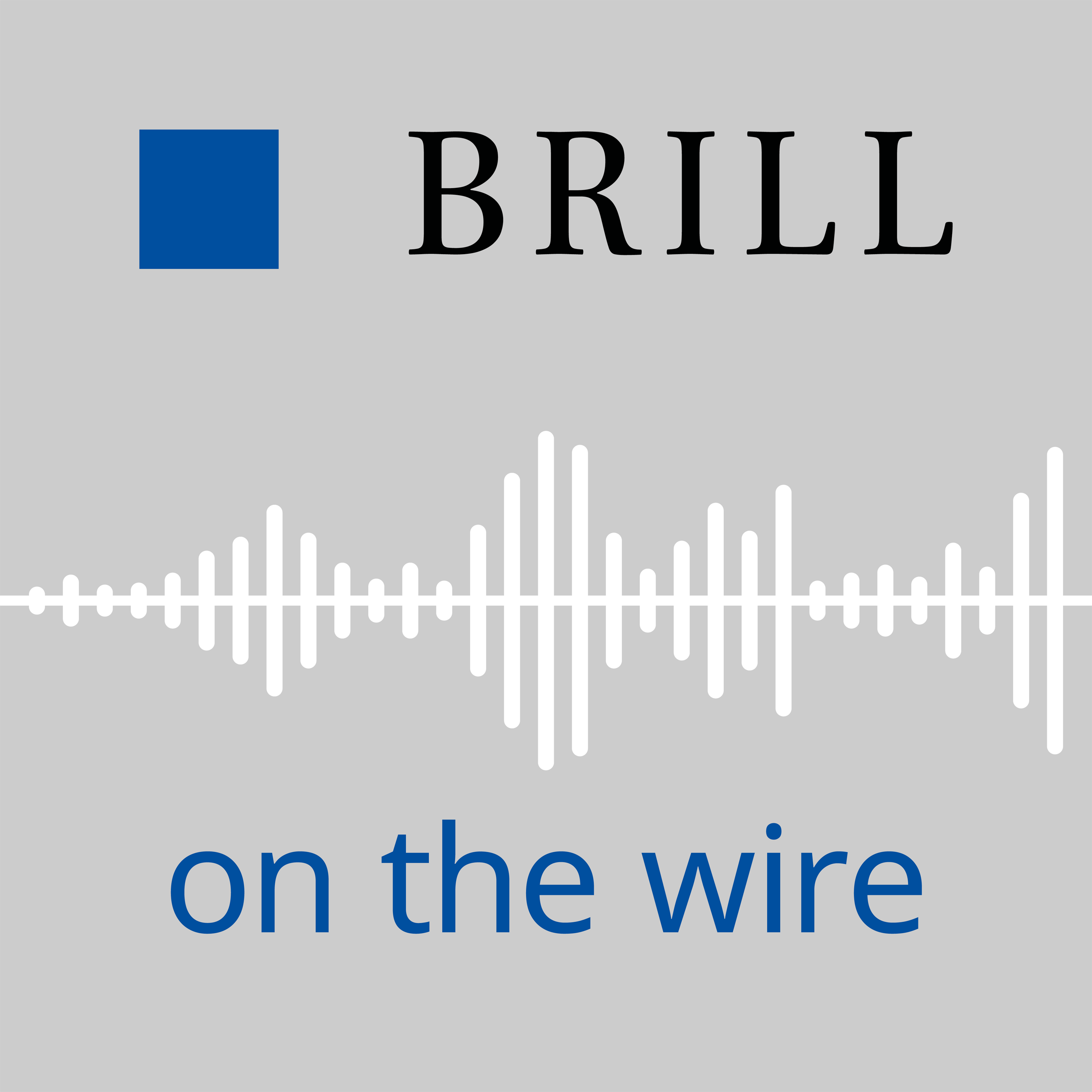Jane Stevenson, "Women and Latin in the Early Modern Period" (Brill, 2022)Jane Stevenson’s newest book, Women and Latin in the Early Modern Period (Brill, 2022), tracks the history and historiography of women Latinists in the early modern period. She relates how the first early modern women Latinists lived in mid-fourteenth century Italy, and were educated as diplomats. By the fifteenth century, other upper-class women were educated in order to perform as prodigies on behalf of their city. Both strands of education for women spread to other European countries in the course of the sixteenth century: the principal women humanists were either princesses or courtiers. In the seventeenth century Latin lost its importance as a language of diplomacy and was no longer needed at court, but there was still a place for the ‘woman prodigy’, and a variety of women performed in this way. However, the productions of seventeenth and eighteenth-century women Latinists are more extensive and more varied than those of their predecessors, and include scientific writing and ambitious translations. By the mid-nineteenth century the integration of studious women into the wider academy was well under way.
Elspeth Currie is a PhD student in the Department of History at Boston College where she studies women’s intellectual history in early modern Europe.
# Women LatinistsFemale scholars from the early modern period who engaged with Latin literature and education.

